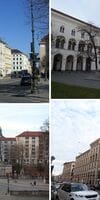Munich is a city with a rich history and a place where the residences of the monarchs of Bavaria were located.
In this connection, during the history of the kings, the city was constantly transformed and expanded, new residences, palaces, squares and streets appeared.
In the 19th century, four royal avenues were built in Munich, which led from the city center.
The Royal Avenues are now important city boulevards located in the center of Munich and along which there are, among other things, museums, former palaces and magnificent buildings.
Brienner Strasse
Briennerstrasse (Brienner Straße) was built in the neoclassical style with 1812, during the reign of Maximilian I and his successor Ludwig I, in accordance with the plans of Karl von Fischer and Friedrich Ludwig von Scala.
Street Brienner located in Maxvorstadt (Maxvorstadt). Stretches from the Northern edge of Munich's old town (the square Odeonsplatz underground station) in a North-westerly direction to Nymphenburger straße (Nymphenburger Straße), which, in turn, leads to the Nymphenburg Palace.
The length Briennerstrasse is about a mile.
The street crosses two significant squares of the city: Karolinenplatz, the center of which is decorated by high obelisk and the Royal square (Königsplatz), which are two of the Museum (Glyptothek and the State antique collection) and the front gates of the Propylaea.
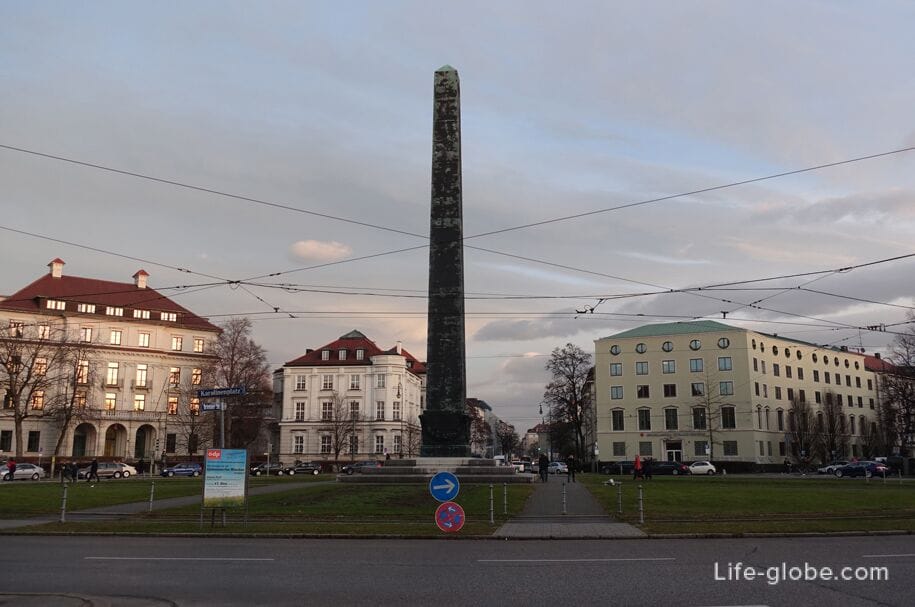
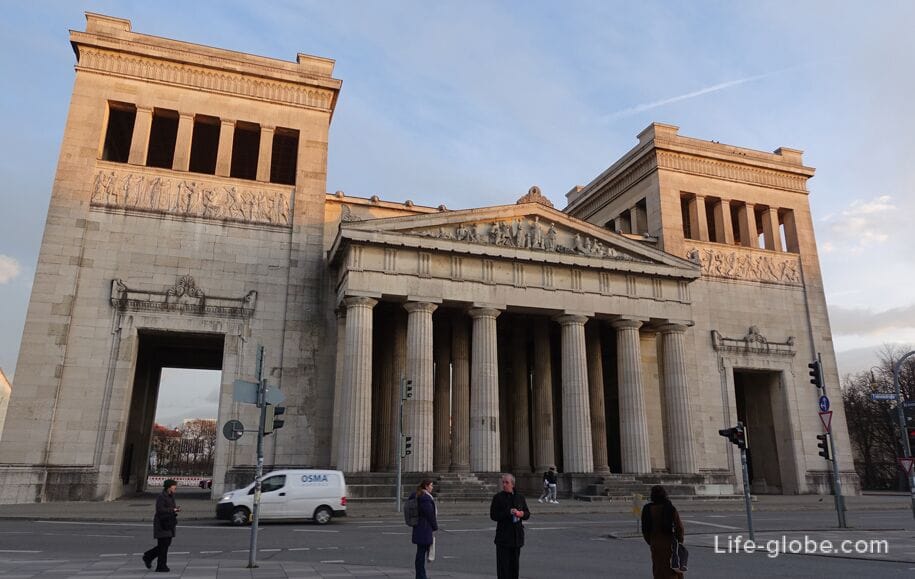
Area of Wittelsbach (Wittelsbacherplatz) is the Eastern extension of the street Brienner and the most beautiful square in the classical style in Munich.
In the middle, stands the equestrian statue of the elector Maximilian I, and is concentrated around the area's historic buildings, including former palaces.

Along the same street, Brienner buildings, some of which are significant historic sites - former mansions of the nobles of Munich as well as museums, shops and restaurants. Read more about Avenue Brienner Strasse...
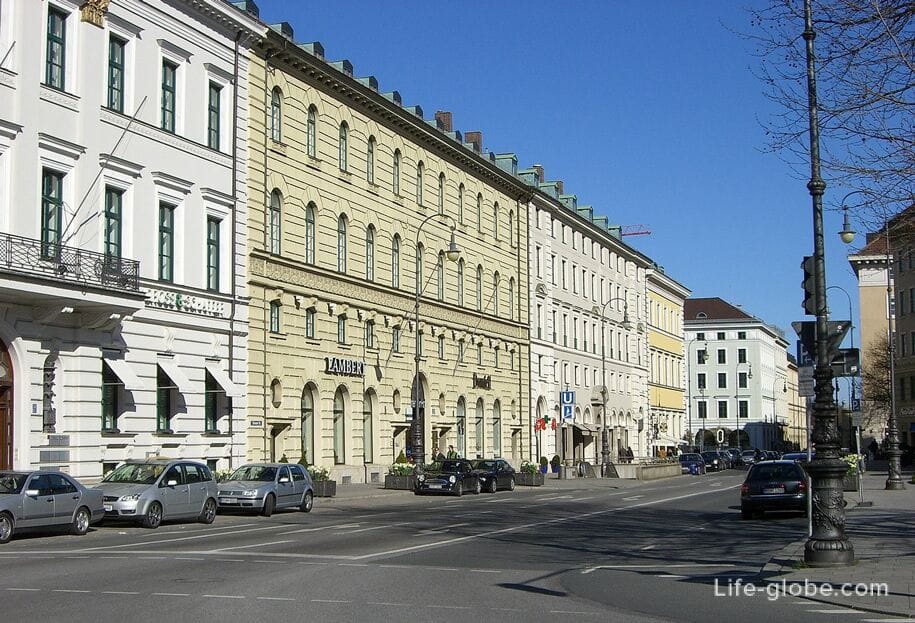
Ludwigstraße
Ludwigstraße (Ludwigstraße) was built on the initiative of king Ludwig I of Bavaria (and named in his honor), starting in 1816 as a "great" street, representing the Bavarian Kingdom.
The southern part of the Avenue was designed and built in the Italian Renaissance style by the architect Leo von Klenze. The Northern part of the street was built in 1827 by architect Friedrich von Gaertner. The appearance of the Northern part of the street was influenced by Italian Romanesque architecture.
The length of the street is just over 1 kilometer, it stretches from the square Odeonsplatz is absolutely right in a North-easterly direction and ends at the gates of Victory.
The main objects on ludwigstraße: the building of Bavarian archival Bureau, building of the Bavarian state social court, the Bavarian state library, the Church of St. Louis Roman Catholic Seminary, the University Ludwig-Maximilian, fountains, memorial White rose and the Victory gate - a majestic arch, dedicated to the glory of the Bavarian army. Read more about ludwigstraße...
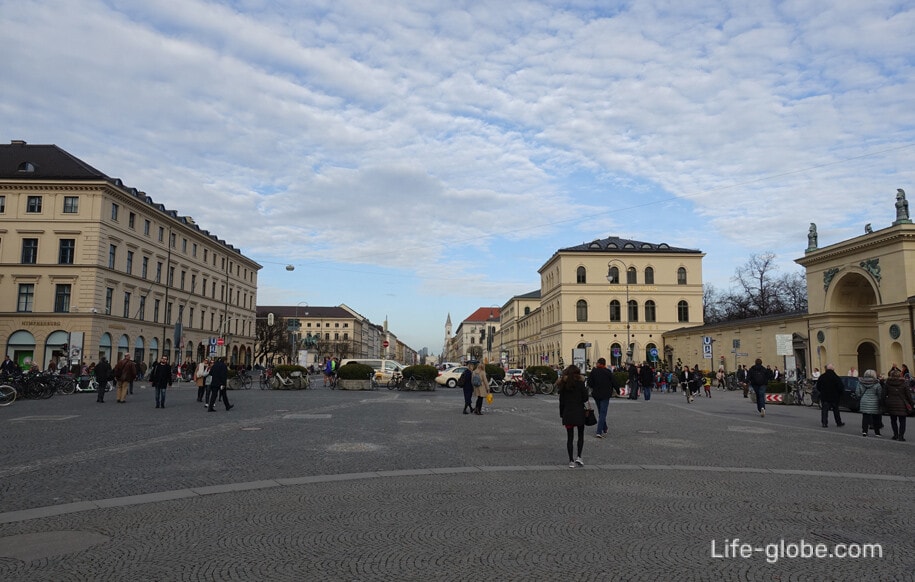
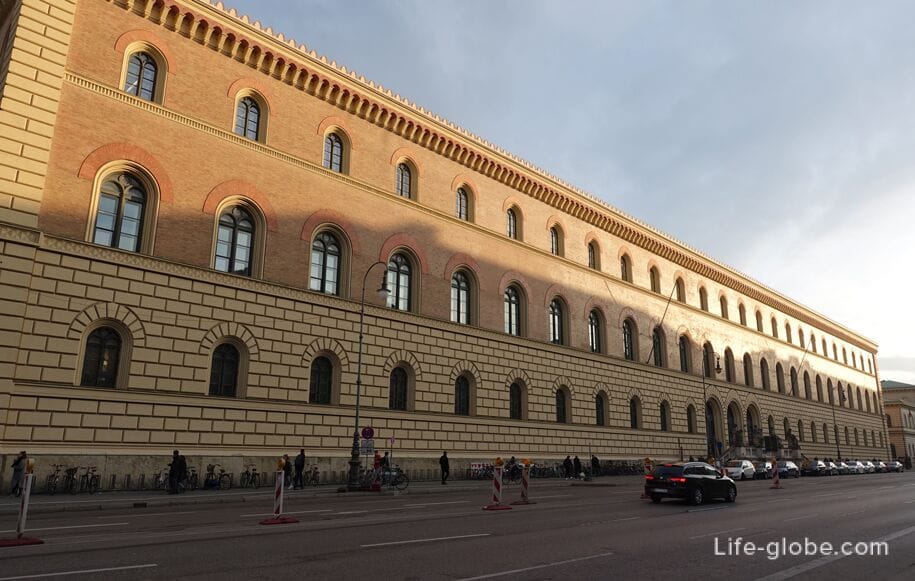
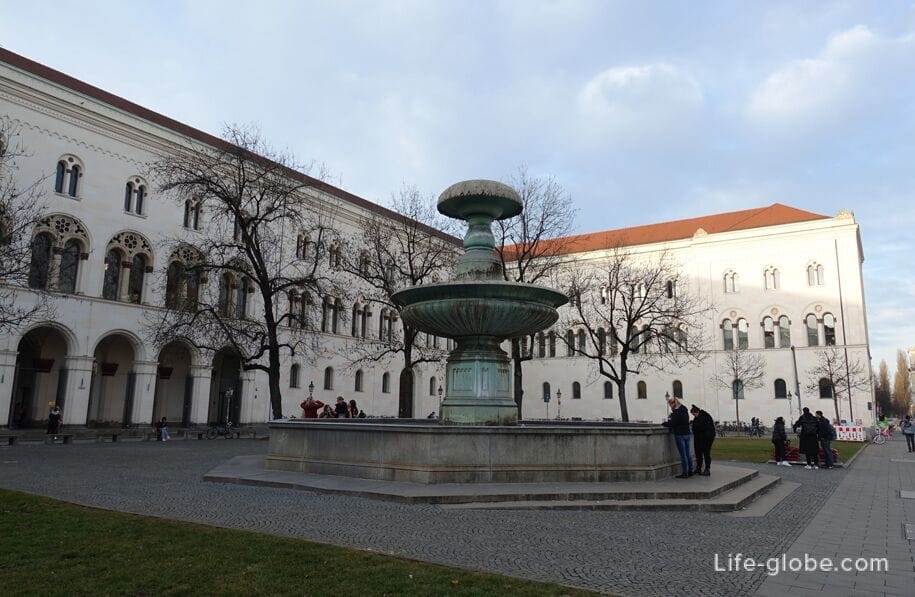
Maximilianstrasse
Maximilian street (Maximilianstraße) is one of the most expensive streets in Germany with the highest retail rents.
The construction of the Avenue started with design architect Georg Friedrich Christian Burklein in the early 1850-ies by decree of the Bavarian king Maximilian II, after whom the street got its name.
Maximilianstrasse architectural style combines elements of various styles and eras such as Gothic and Renaissance.
Stretches the Maximilian street in the direction from the West (in the old town of Munich) in the South-East to the ISAR river (the bridge of Maximilian), and connects to a square of max Joseph (Max-Joseph-Platz) with the historic building of the Maximilianeum.
The length of the street, together with the Maximilian bridge, is about 1 kilometer.
Along the street there are: 5-star hotel Vier Jahreszeiten Kempinski München, Munich chamber theatre "Kammerspiele", the government building of Upper Bavaria, the five continents Museum, a monument to Maximilian II and the building, known for its galleries, which houses outlets of world brands, designer shops, jewelry stores, boutiques and salons. Read more about maximilianstraße...
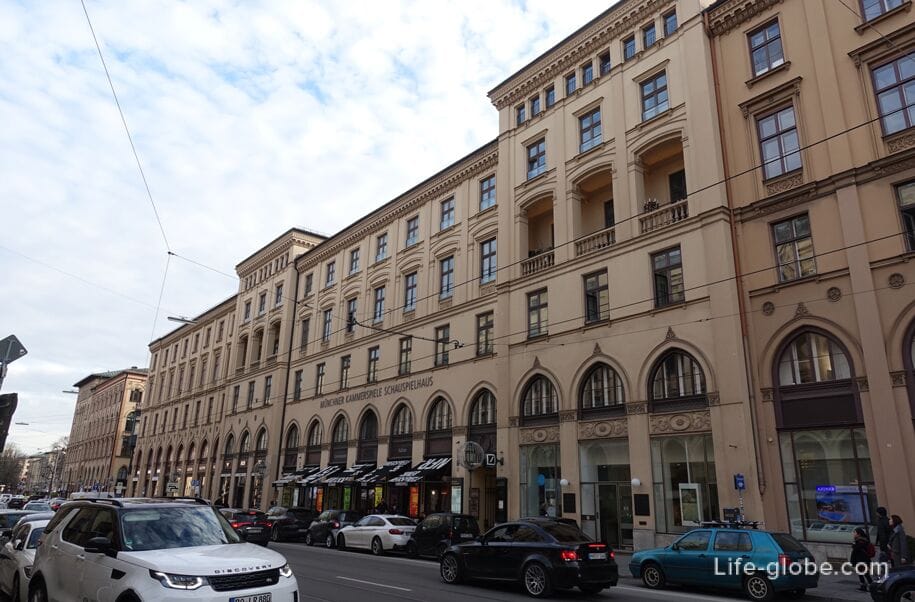
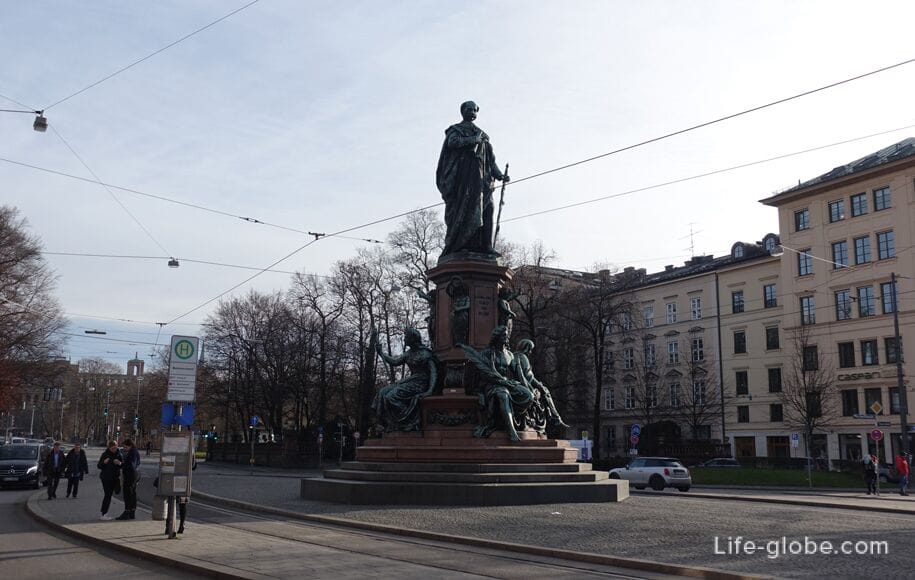
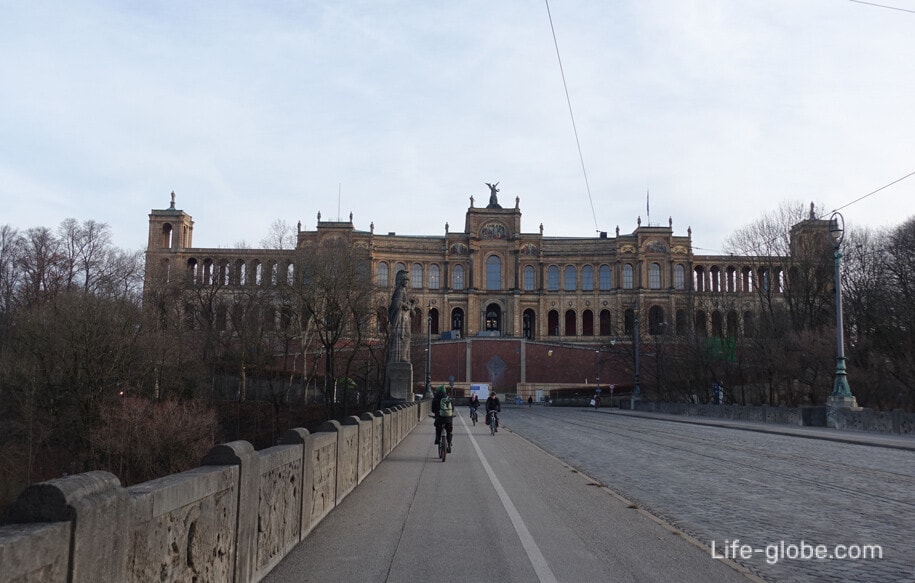
Prinzregentenstrasse
Prinzregentenstrasse (Prinzregentenstraße) was built starting in 1891, as the main street for the middle class by order of the Prince Regent of Bavaria Luitpold, and named in his honor.
The length of the street the Prince Regent is about 3 kilometers.
Prinzregentenstrasse stretches from North-Eastern outskirts of the historic old town of Munich in Eastern direction of the city to the junction with the street Einsteinstrasse (Einsteinstraße).
Along the street there are: the Palace of Prince Charles, house of art, English garden, Bavarian national Museum, collection of Shaka, memorial angel of peace , with an observation deck, Villa stuck, the theatre of the Prince Regent, the stadium of the Prince Regent and the Church of St. Gabriel. Read more about Prinzregentenstrasse...

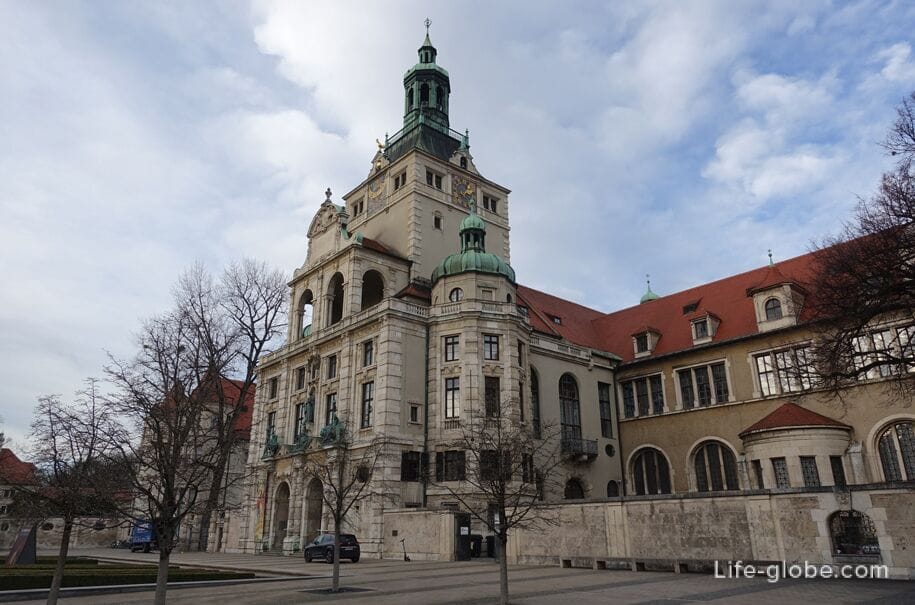
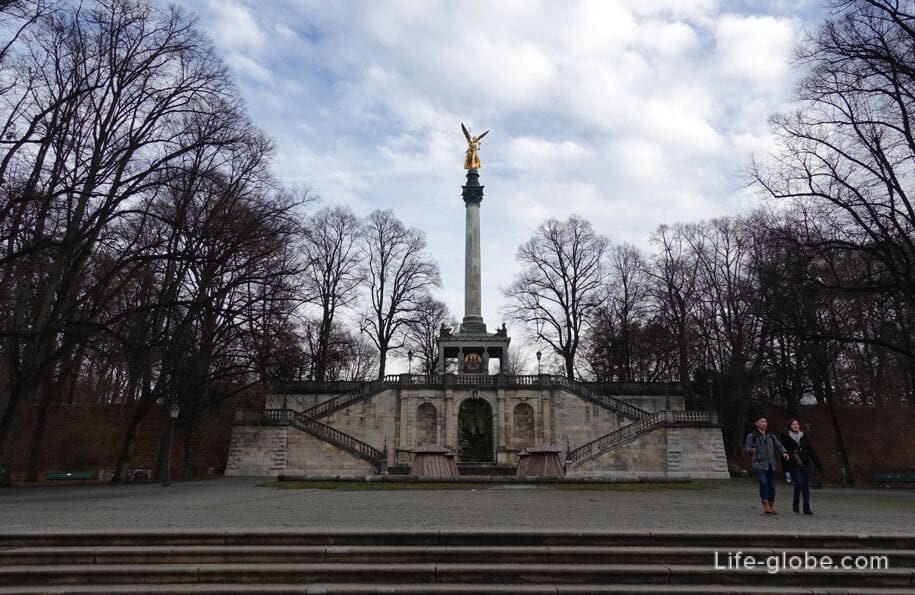
All accommodation facilities in Munich (hotels, apartments, guest houses, etc.), including near the Royal avenues in the city centre, you can view and book here




